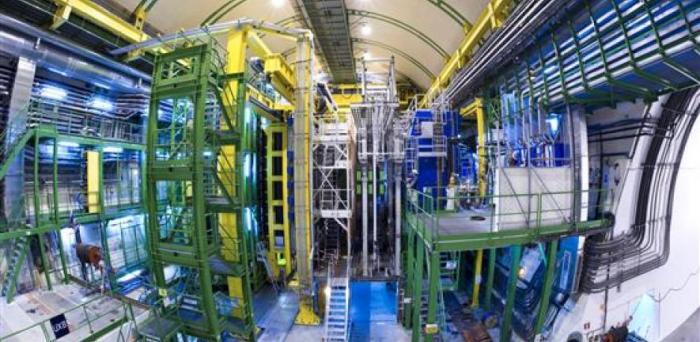In March 2020, the same experiment released evidence of particles breaking one of the core principles of the Standard Model – our best theory of particles and forces – suggesting the possible existence of new fundamental particles and forces.
Now, further measurements by physicists at Cambridge’s Cavendish Laboratory have found similar effects, boosting the case for new physics.
The Standard Model describes all the known particles that make up the universe and the forces that they interact through. It has passed every experimental test to date, and yet physicists know it must be incomplete. It does not include the force of gravity, nor can it account for how matter was produced during the Big Bang, and contains no particle that could explain the mysterious dark matter that astronomy tells us is five times more abundant than the stuff that makes up the visible world around us.
As a result, physicists have long been hunting for signs of physics beyond the Standard Model that might help us to address some of these mysteries.
Image: View of the LHCb detector
Credit: CERN
Reproduced courtesy of the University of Cambridge
